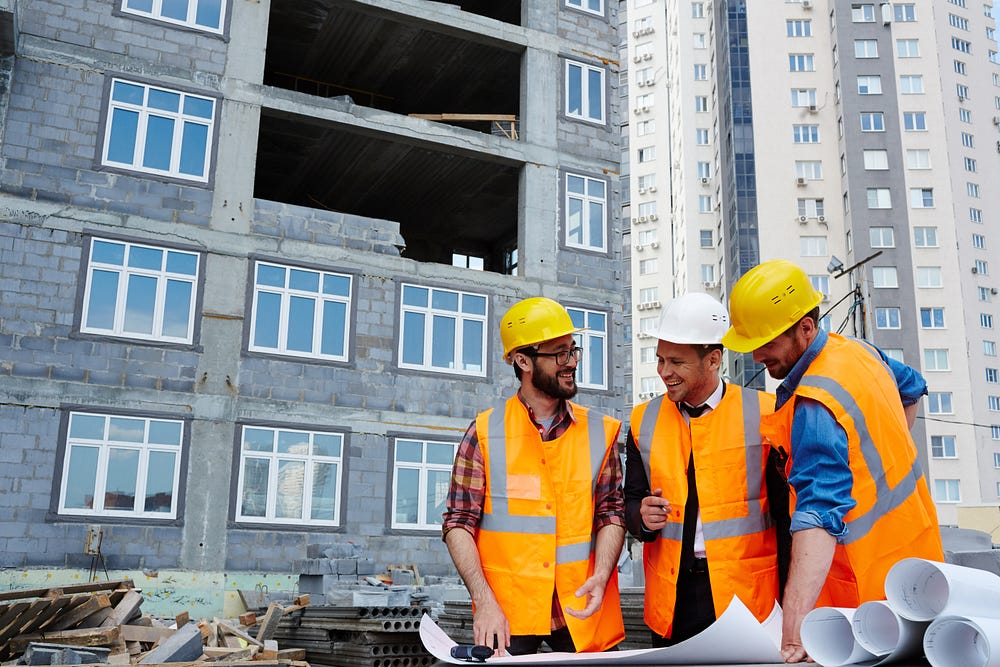Homeowners are searching for more energy-efficient ways to improve the energy efficiency of their buildings as energy prices rise. The best way to accomplish this is home energy efficiency evaluation. In addition to assisting in maintaining a comfortable interior temperature, proper insulation dramatically lowers energy consumption, which lowers utility costs and promotes environmental sustainability. Our goal at Homesol Building Solutions is to assist you in creating the most energy-efficient home possible. We’ll look at doable actions you can take to strengthen the insulation in your house in this blog.
1. Evaluate the Insulation You Now Have
It is imperative that you evaluate the insulation in your home before making any upgrades. Particularly in older homes, insulation may settle, deteriorate, or lose its effectiveness over time. Here are a few crucial areas to look at:
Attic: One of the most important places for insulation is the attic. Because heat rises, inadequate insulation in your attic may cause you to lose a lot of heat in the winter and gain too much heat in the summer.
Walls: It can be difficult to insulate walls, particularly if no insulation was added when the wall was built. But improving or adding wall insulation can have a significant impact.
Crawl spaces and basements: Although they are frequently disregarded, crawl spaces and basements can benefit from insulation to avoid cold floors and lessen moisture problems..
Windows and Doors: Although not the same as traditional insulation, making sure your windows and doors are tightly sealed helps stop heat loss and drafts.
2. Replace the Insulation in Your Attic
When it comes to improving insulation, homeowners frequently start with the attic. You may be losing up to 25% of the heat in your house if your attic is poorly or completely insulated. Observe these tips to enhance attic insulation:
Increase Insulation: Adding more insulation can significantly increase energy efficiency if the amount you currently have is less than what is advised. Batt insulation and blown-in insulation are popular choices.
Think about Spray Foam: Because it seals air leaks in addition to providing insulation, spray foam insulation is very effective in attics. Long-term energy savings make this an investment well worth making.
Stop Air Leaks: If there are holes and fractures that let air out, no amount of insulation, no matter how good, will work. Our first priority should be to seal these leaks.
3. Put Wall Insulation in Place
Having well-insulated walls is essential to a constant interior temperature. If the walls in your house are either poorly insulated or lack insulation altogether, take into account the following options:
Retrofitting insulation: One common option for retrofitting insulation into existing walls is blown-in insulation. It fills in gaps without requiring extensive renovations by blowing insulation material into wall cavities.
Spray Foam: Spray foam can be applied directly to walls for major renovations or new construction, offering both air sealing and insulation.
Insulated Siding: Take into account installing insulated siding if you’re going to replace the external siding on your house. It increases energy efficiency and adds one more layer of security.
4. Remember the Crawl Spaces and Basement
Moisture issues and heat loss are frequently caused by crawl spaces and basements. You can increase the comfort and energy efficiency of your home by properly insulating these areas:
Insulate Basement Walls: To stop heat loss and moisture intrusion, spray foam or rigid foam insulation can be applied to basement walls.
Encapsulating your crawl space: Encapsulating your crawl space and sealing it with vapor barriers and insulation can help lower moisture problems and boost energy efficiency in general.
Insulate Floors Above: Insulating the floors above can help you avoid cold floors and increase comfort if you have an uninsulated crawl space or basement.
5. Replace the Doors and Windows
Even though they aren’t typically thought of as insulation, windows and doors are extremely important for the energy efficiency of your house. Here’s how to make them better:
Weatherstripping: You can increase insulation and stop drafts by installing or replacing weatherstripping around windows and doors.
Upgrade to Energy-Efficient Windows: If your windows are drafty and old, think about replacing them with energy-efficient models that have double or triple glazing and low-E coatings.
Insulated Doors: To cut down on heat loss and raise the overall efficiency of your house, replace your old doors with insulated ones.
6. Take Expert Assistance Into Account
While some insulation upgrades are doable on your own, it’s best to leave certain tasks to the pros, particularly those involving spray foam or blown-in insulation. We at Homesol Building Solutions provide professional insulation services catered to the unique requirements of your house. In order to maximize your home’s energy efficiency, we will evaluate the insulation you currently have, suggest the best upgrades, and make sure the work is done correctly.
7. Keep an eye on and maintain
After you’ve made improvements to the insulation in your house, it’s critical to keep an eye on its performance and sustain it over time. Keep an eye out for wear indicators like drafts or uneven temperatures, and take quick action to fix any problems you find.
In conclusion, make an efficient investment in your home.
In terms of comfort, energy savings, and environmental impact, one of the best investments you can make in your home is improving the insulation. You can build a more comfortable, cost-effective, and efficient home by using these guidelines and taking into account the expert services offered by Homesol Building Solutions.
Are you prepared to begin improving your insulation? For a consultation and assistance in improving the efficiency of your house, get in touch with Homesol Building Solutions right now.

No comments:
Post a Comment